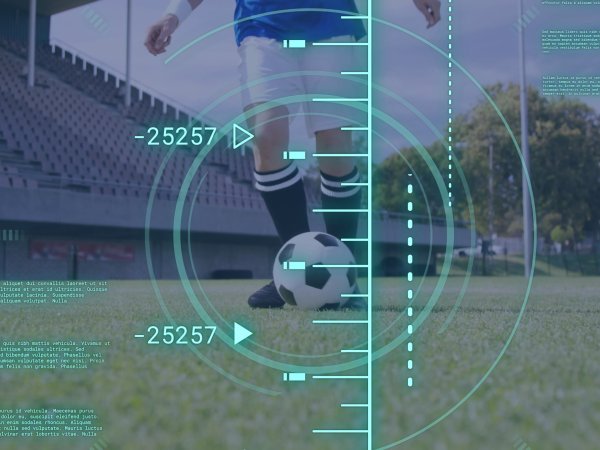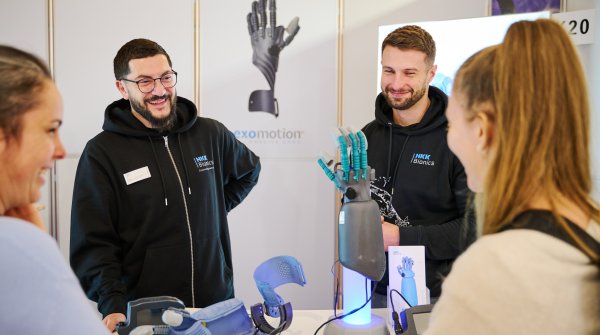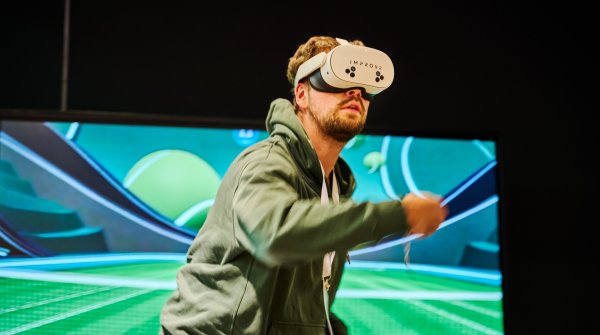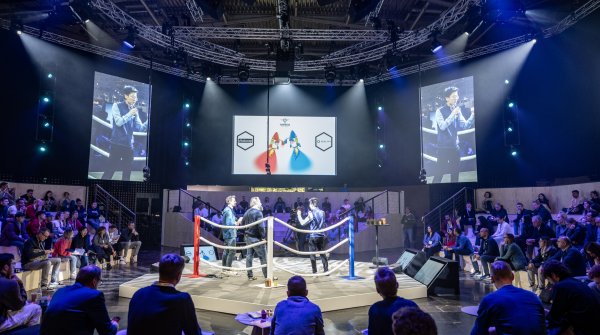- The Evolution of Sports into Data-Driven Entertainment
- Real-Time Analytics: The AI Edge in Live Matches
- Content Multiplication: Scaling the Unscalable
- The Power of Sport: Uniting Vibrant Communities Globally
- Talent Identification: Unearthing the Next Superstar
- Predictive Injury Prevention: Safeguarding Athletes
- Democratizing the VIP Experience
- The Human Element in AI Sports Evolution
- Conclusion: The Marriage of Sports and AI
- All Insights That Define the AI Transformation
At ISPO 2024 thought leaders shared how AI is driving this transformation across various dimensions, from fan engagement to injury prevention. As Sebastián Lancestremère, Strategic Partnerships Director at Microsoft, emphasized, the vision behind AI in sports is to enable every organization—be it a team or a league—to deliver VIP-level experiences to their fans all around the world. Through intelligent assistance, AI can replicate the feeling of being in the stadium, supporting the entire fan journey from pre-match to post-match with personalized, high-end engagement—essentially rolling out the red carpet for billions of fans.
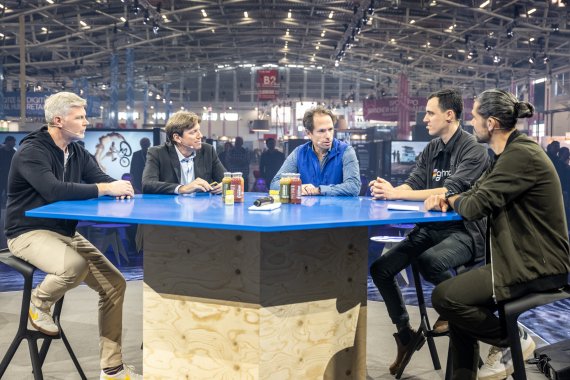
AI has propelled sports into the age of "sportainment" and "data-tainment," blending traditional athleticism with technology to deliver experiences that were unimaginable just a decade ago. Greg Nieuwenhuys, Chairman at Mammut Sports Group and Wattbike and Senior Partner at Generative AI Strategy, succinctly stated, “The speed of change is much, much, much faster than anything we've ever seen before. So I think every single organization is going to have to reinvent themselves. And I think that, you know, five years from now, all of us in this room most likely will be working with AI all day..”
The democratization of AI has been particularly significant, expanding access beyond major organizations like the NBA and LaLiga to smaller entities and individuals within the sports ecosystem.
AI enables real-time analytics, transforming how games are played and experienced. For instance, La Liga’s "Beyond Stats" initiative processes over 3.5 million data points during a single match. AI tracks every movement, pass, and tactical play, generating actionable insights.
This technological leap lets us see things we never could before. Want to know the exact probability of scoring from that tricky angle? Or why that seemingly random substitution was, in fact, a tactical masterstroke? The AI sees it all, crunching those millions of data points to reveal insights that even seasoned coaches find remarkable.
Ready for an example? During one game, AI predicted a 4.3% scoring probability for an Atletico Madrid player shooting from 40 meters. This level of detail enriches tactical depth for coaches to make informed, real-time decisions, enhancing team performance and fan engagement and captivating fans with unparalleled storytelling.
Think of sports content like a goldmine, where there's far more value than what first meets the eye. What's fascinating is how AI is helping us extract every bit of that value, transforming how sports organizations handle their footage. Sebastian Lancestremère, WW Strategic Partnerships Director at Microsoft, notes in the event, “For every one hour of raw footage, you can multiply by eight times the amount of content that you are generating across all of those channels.”
So, how does this multiplication effect work across the sports media landscape?
Automatic Content Generation
Gone are the days when editors had to spend countless hours hunched over screens, manually picking out the best moments. AI has transformed the editing room, instantly spotting key plays and creating highlights.
In the words of Sebastian Lancestremère, "You can create automatic content and streams that you can share automatically through workflows with the broadcasters, with your commercial partners, and also in your digital channels."
Efficient Content Distribution Across Platforms
Each platform demands different formats. AI automatically adapts content, trimming it for Instagram, extending it for YouTube, and optimizing it for broadcast. The result? Perfect packaging for every platform without manual reformatting.
Maximizing Every Moment
With AI, a single clip transforms into multiple assets. While most see just the surface brilliance, AI spots the hidden angles. Like a seasoned editor, it uses the same clip as a masterclass in technique for coaches, social media gold for marketers, or a perfect product placement opportunity for sponsors.
While AI handles the heavy lifting of content multiplication and distribution, creative teams can focus on what they do best - crafting compelling narratives and innovative strategies. This leads to more engaging content, happier fans, and better business outcomes, making it a game-changer in sports entertainment.

The power of AI transcends linguistic divides, making sports accessible to a global audience. Sebastián Lancestremère showcased an example where Lionel Messi’s voice was seamlessly translated into English, preserving his distinctive tone and passion. His trademark Argentine lilt, those passionate inflections, that unmistakable Messi charm - it was all there, just wrapped in perfect English. The technology didn't just translate his words but captured his soul when we heard him say, "Today, we find ourselves in the final match," with all the emotion that Spanish-speaking fans have come to love. The advancement of AI ensures that the translation captures not just words but the essence and emotion of the message, making it universally relatable.
- Global Impact: This innovation enables athletes to connect authentically with fans worldwide, breaking down language barriers.
- Social Media Revolution: Posts and ads automatically adapt to different languages, offering personalized experiences to billions of fans.
AI’s role in talent identification is revolutionizing scouting. Danay Lea, Founder & CEO of FluidState, former COO of McMillan LLP and Advisor to the CEO at Abu Dhabi Securities Exchange, described at the event how AI analytics are helping identify potential NHL draft picks among nine-year-olds in Canada.
- Competitive Edge: By analyzing youth-level performance data, AI narrows the talent pool, offering insights into promising players.
- Challenges: While AI excels at identifying patterns, the intangible qualities that make athletes like Messi unique remain beyond its reach.
Danay remarked, “We're now seeing AI as a tool that is able to absolutely accelerate and augment that further step.”
AI is transforming sports medicine by proactively identifying injury risks and helping improve athlete health through early detection and prevention.
Proactive Monitoring
The system constantly analyzes every aspect of an athlete's performance—from their match-day sprints to training ground routines and medical history. What's exciting is that this technology spots red flags before they become actual injuries.
- For All Levels: This isn't just for the Messis and Mbappés of the world. Imagine your smartwatch becoming a personal injury predictor, gently nudging you to ease off when your running pattern shows signs of strain, almost like having a mini sports physician strapped to your wrist.
- Benefits: Early detection of potential injuries allows for timely intervention, keeping athletes at peak performance.
Sebastián Lancestremère highlighted thatAI is accelerating how sports organizations use data to monitor and support athletes. By integrating information from training, competition, and medical records, teams are moving toward real-time insights.
The VIP experience is no longer limited to those fancy stadium boxes. Thanks to AI, every fan can now feel like a privileged insider, whether they're watching from Tokyo or Toronto. Sebastián Lancestremère outlined AI-powered features such as:
- Pre-Match Engagement: Personalized stats, AI-driven predictions, and lineup analysis.
- During-Match Insights: Real-time commentary and tactical insights tailored to fans’ knowledge levels.
- Post-Match Breakdown: Highlights and stats curated to individual preferences.
In Sebastiás words: AI could be used to create experiences that “make every fan feel as if they’re in the stadium.” No matter where they are - It's like having a sports concierge in your pocket, delivering a premium experience once reserved for the elite.
In the rapidly evolving world of AI in sports, the human element remains indispensable for successful integration. As Greg Nieuwenhuys highlights, the cornerstone of effective AI adoption lies not in advanced technology or intricate data systems but in fundamental aspects like leadership comprehension, genuine employee empowerment, and robust training programs.
Greg's perspective is particularly refreshing as he addresses the elephant in the room, "The majority of people are afraid of AI. They won't admit it, but they're afraid of their job or what it's going to do to their company or that they're afraid that they might be the only one who doesn't understand."
The key is to build confidence with simple, achievable goals that show concrete results.
- Content Creation: Using AI for photography, video, and text generation
- Design Iteration: Creating and testing multiple design variants quickly
- Employee Feedback: Processing and analyzing employee responses efficiently
This sentiment is echoed by Tobias Matern, Senior Solutions Architect at Amazon Web Services, when he says, "Yes, there might be complete new fields that will be possible with AI, but I think the real power, at least for today and tomorrow is really about the existing fields and speeding up teams and organizations where they are right now and giving them kind of a superpower by using AI at many different levels."
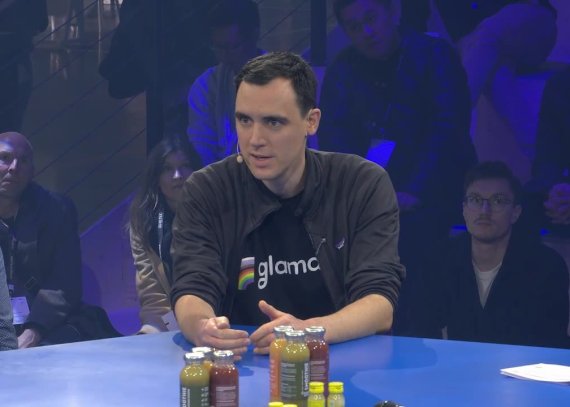
The marriage of sports and AI is not merely an upgrade; it’s a reimagining of what’s possible. From delivering personalized fan experiences to redefining athletic performance, AI has unlocked doors to a future brimming with potential. As Tobias Matern aptly noted, “It will actually unlock a lot. In many dimensions Iit will actually not be a complete new world but it will improve the worlds that we are already in.”The future of sports is not just technology-driven but profoundly human-centered—and it’s already here. With AI at the helm, we’re not just watching the game; we’re part of its evolution.
This transformation also opens up enormous opportunities for brands in the sports business. However, it's a collaborative journey. It demands ethical considerations, human ingenuity, and a shared vision to ensure AI augments rather than replaces. Continuous exchange is essential to actively shape the future of the sports industry.
ISPO 2025 provides the ideal platform for this. Whether in the Digitize & Retail Hub or in the Brandnew Village, innovators, start-ups, and established brands come together here to push forward groundbreaking ideas. With the Sports Tech Nation Conference and the opportunity to pitch at the ISPO Brandnew Award, ISPO is the perfect place to forge new partnerships and present visionary concepts to a global audience. Be part of it – 30. NOV. – 02. DEC. in Munich!
As we conclude, here are the core shifts driven by AI in sports that redefine the way we experience and engage with games.
- Hyper-Personalization: Tailored fan experiences make every individual feel like a VIP.
- Data-Driven Decision-Making: Real-time analytics empower coaches and players with actionable insights.
- Efficient Content Creation: AI multiplies the value of raw footage, creating scalable opportunities for engagement.
- Proactive Health Monitoring: Injury prevention becomes a reality, safeguarding athletes’ careers and well-being.
- Seamless Global Connections: AI breaks language barriers, making sports universally accessible.
- Enhanced Collaboration: Human expertise and AI work together to push boundaries and unlock new potential.

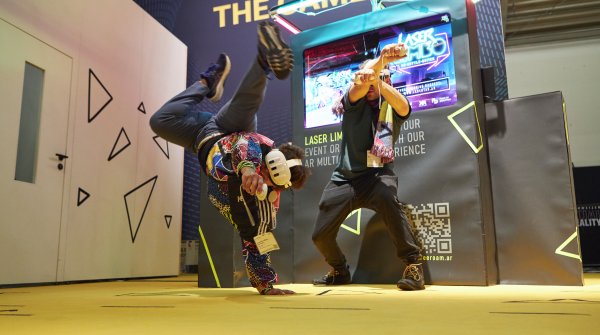 SportsTechVR training: the game changer for athletes?
SportsTechVR training: the game changer for athletes?
- ISPO awards
- Mountain sports
- Bike
- Design
- Retail
- Fitness
- Health
- ISPO Job Market
- ISPO Munich
- ISPO Shanghai
- Running
- Brands
- Sustainability
- Olympia
- OutDoor
- Promotion
- Sports Business
- ISPO Textrends
- Triathlon
- Water sports
- Winter sports
- eSports
- SportsTech
- OutDoor by ISPO
- Heroes
- Transformation
- Sport Fashion
- Urban Culture
- Challenges of a CEO
- Trade fairs
- Sports
- Find the Balance
- Product reviews
- Newsletter Exclusive Area
- Magazine
